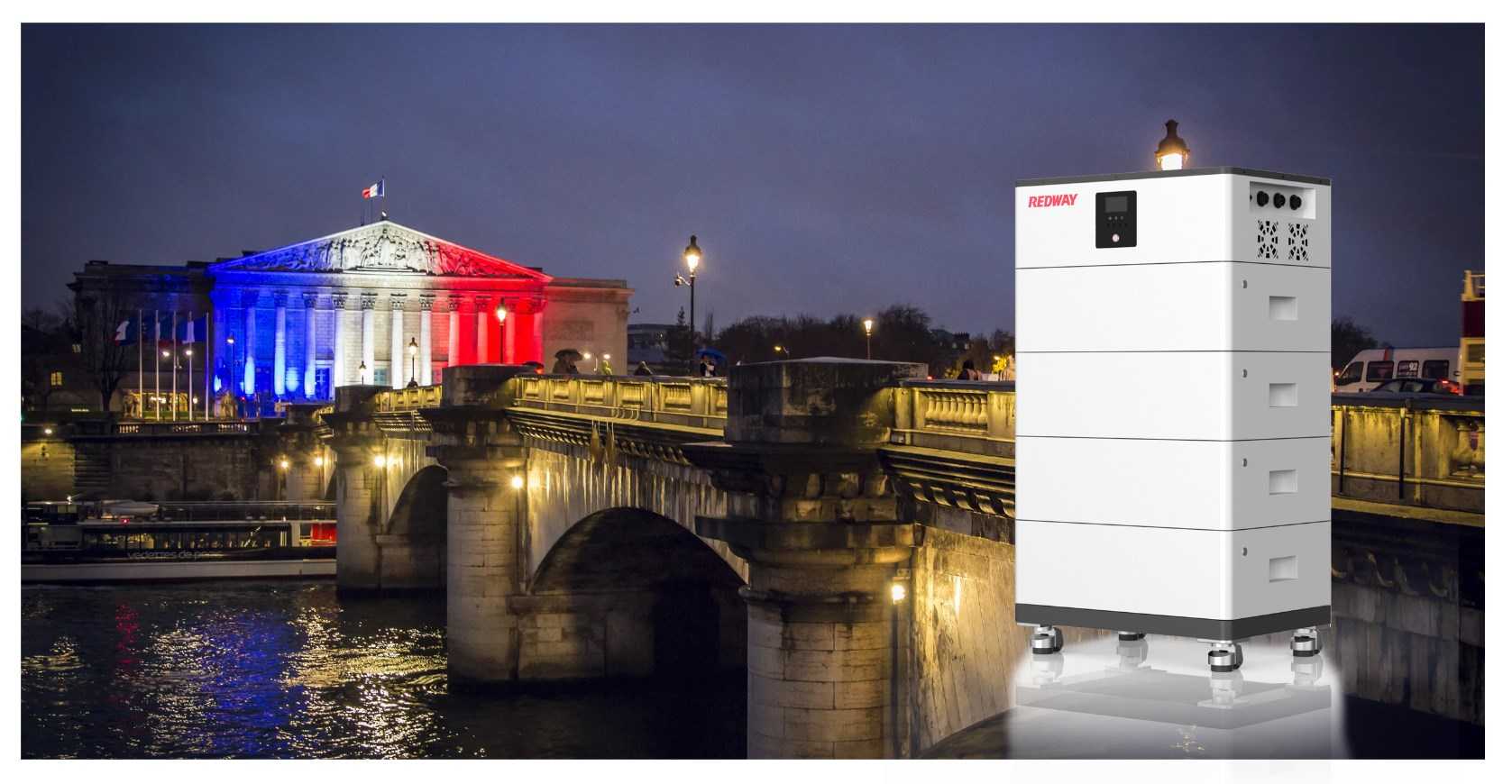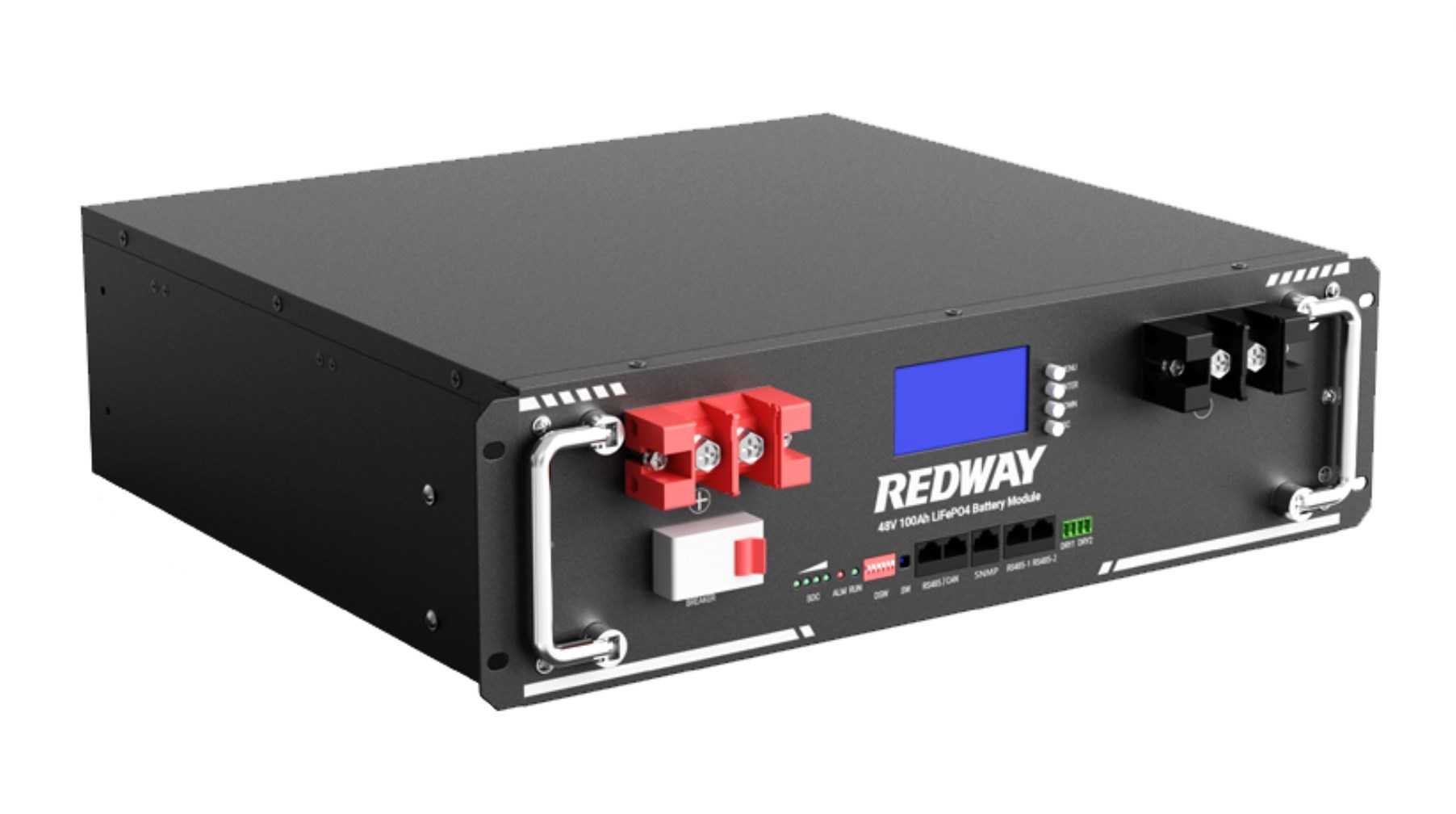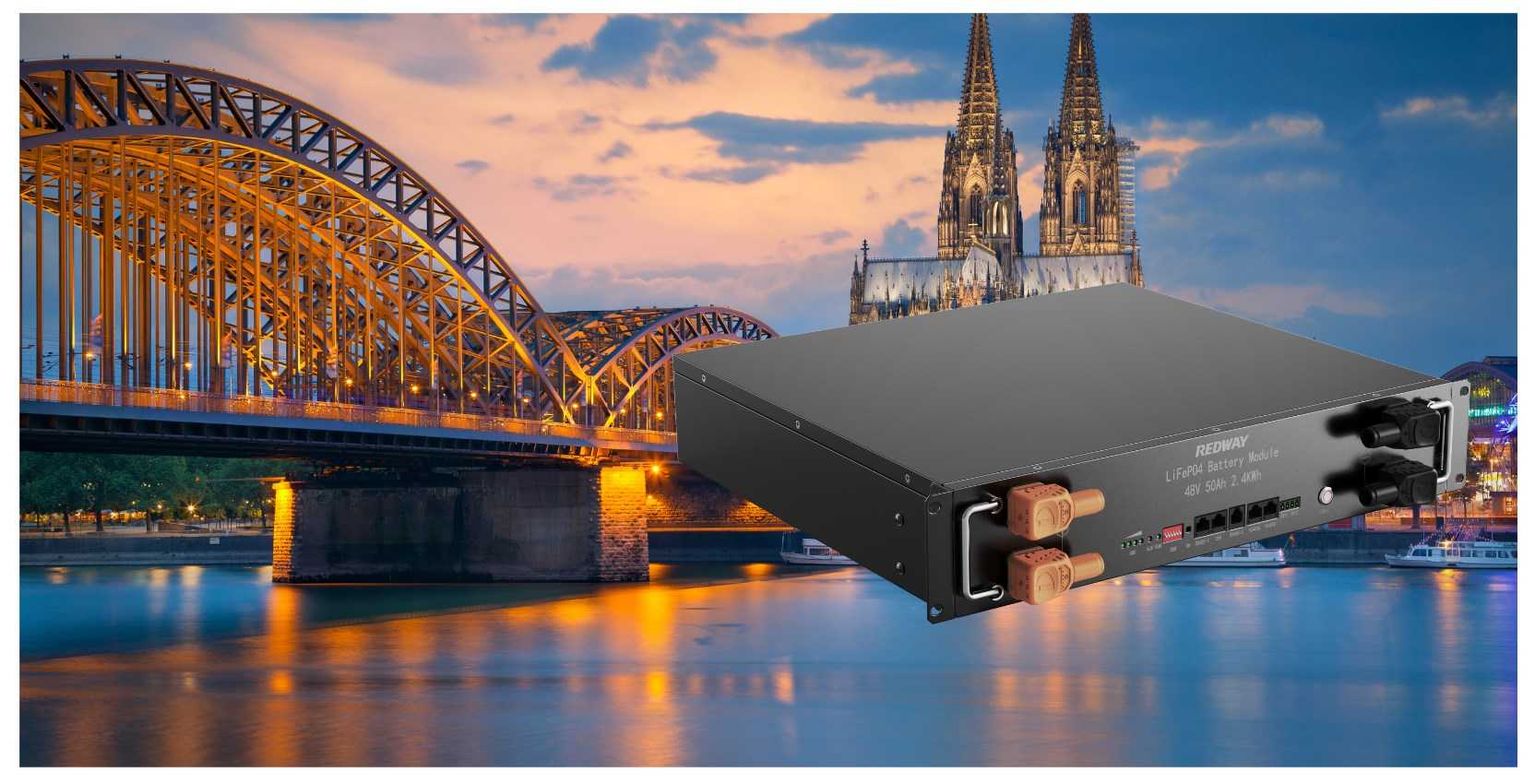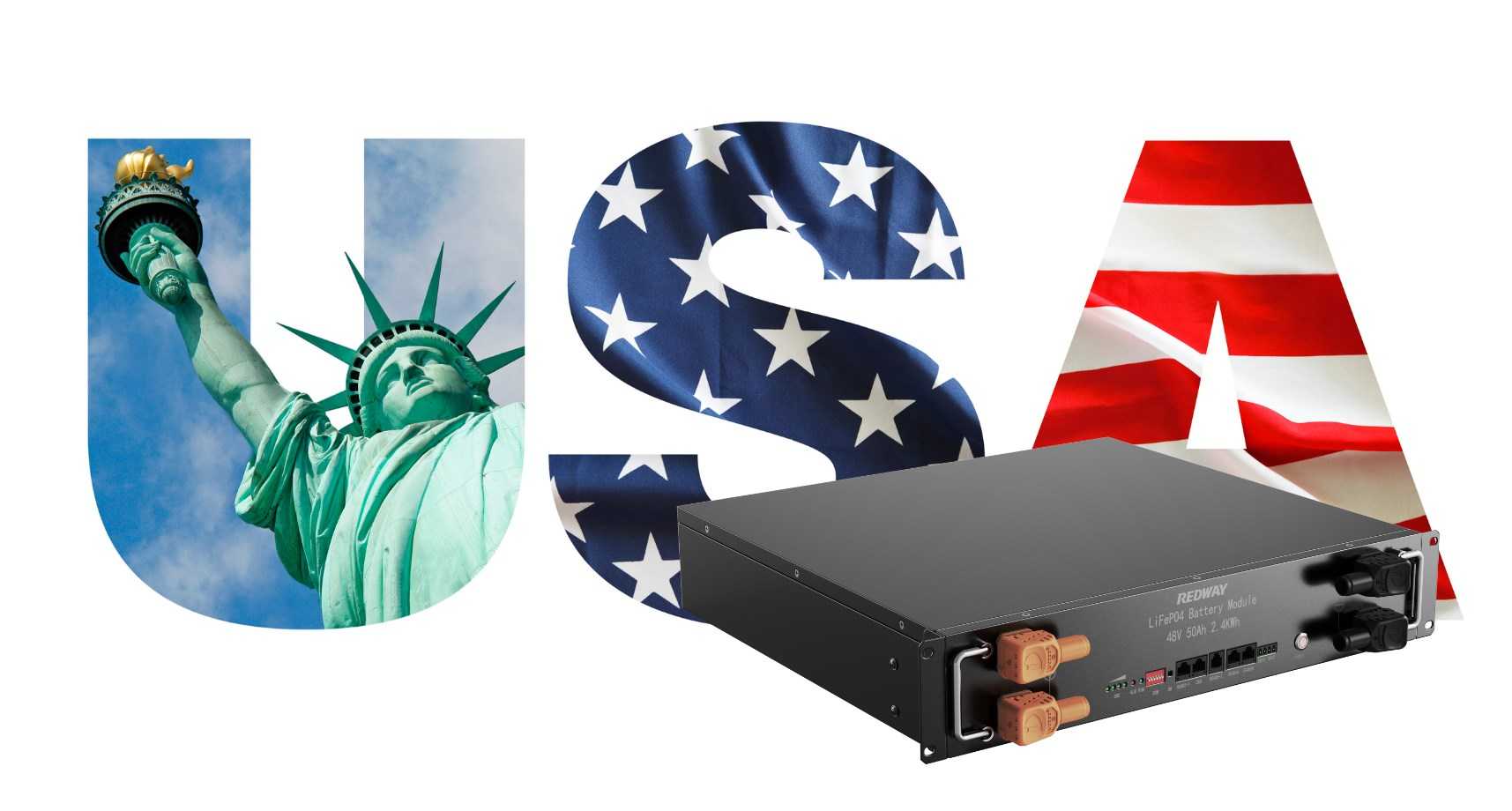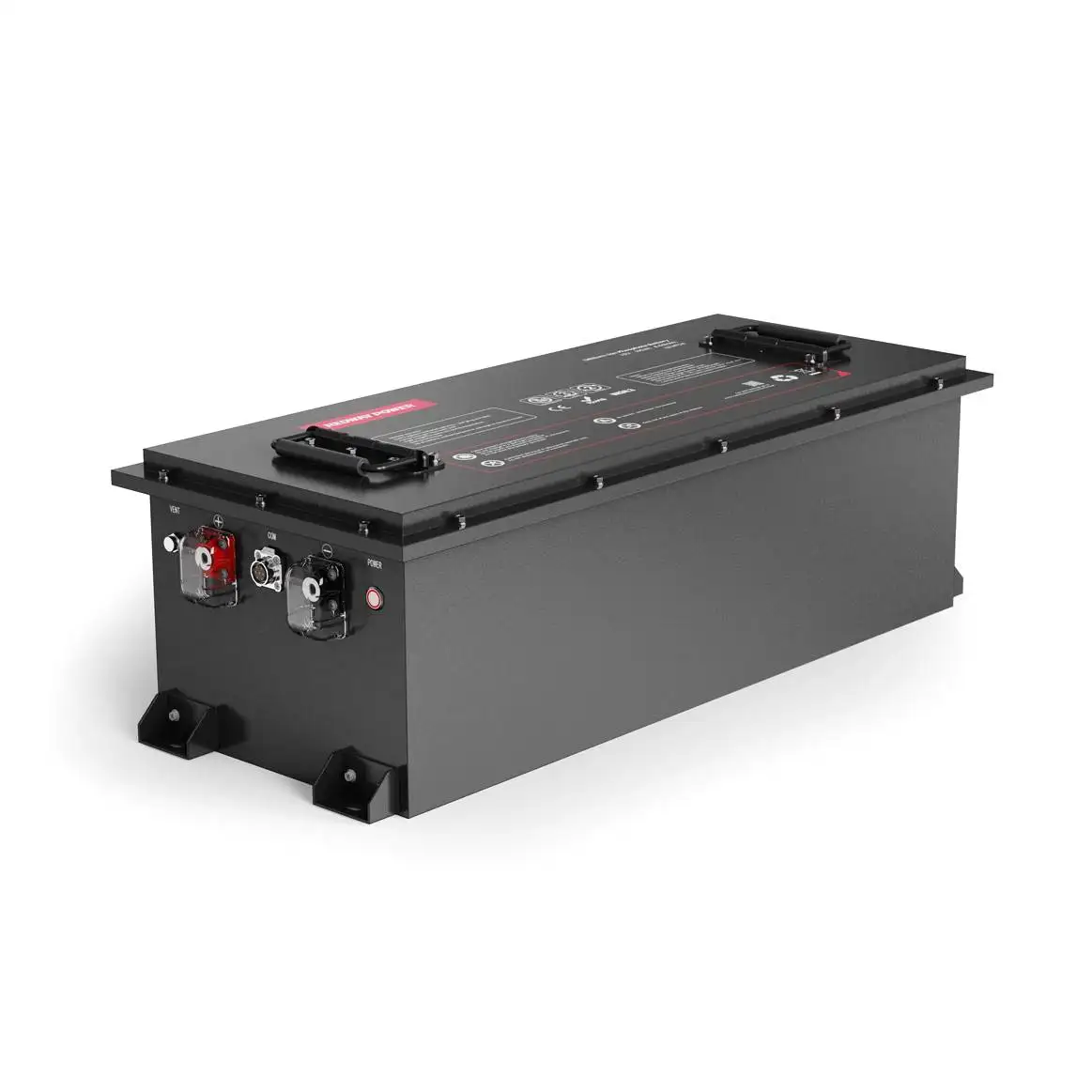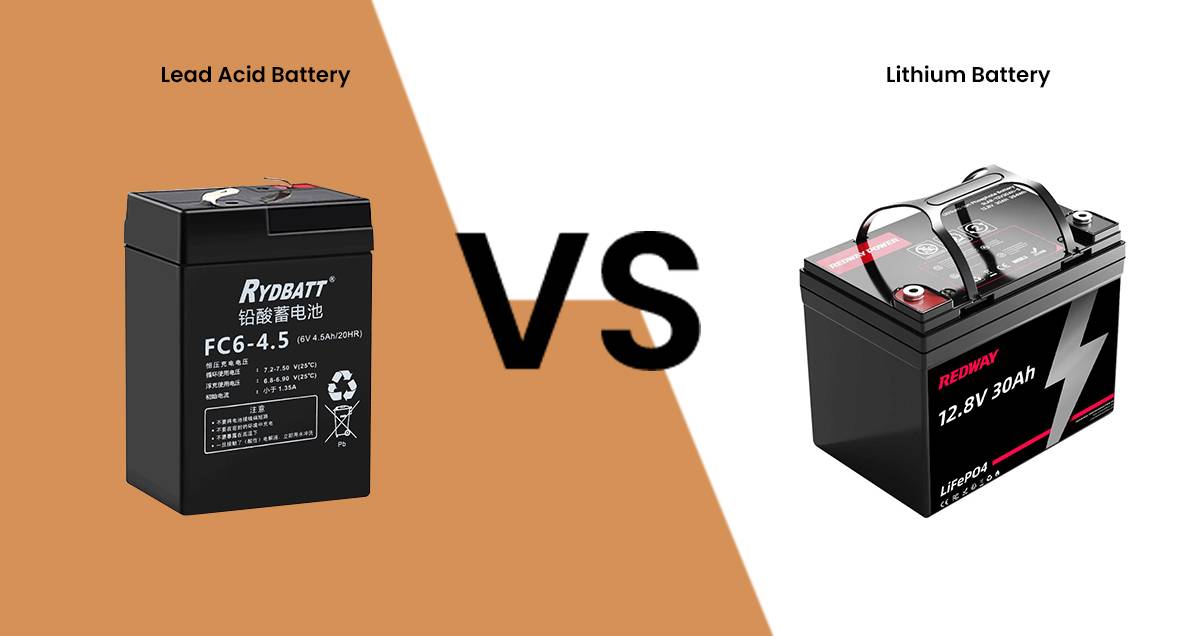Case in France: Redway Battery Energy Storage System
Welcome to our blog post on the Redway Battery Energy Storage Case in France! Discover how this innovative technology addresses challenges in the French power grid, revolutionizing energy storage. Join us on a journey through the implementation of Redway’s cutting-edge solution and its potential global impact on sustainability.
Challenges Faced by the French Power Grid
The French power grid confronts various challenges that demand innovative solutions for a more reliable and efficient energy system. These hurdles encompass fluctuating demand, intermittent renewable sources, transmission losses, aging infrastructure, and the imperative to reduce carbon emissions from fossil fuels.
Challenges:
- Fluctuating Demand: Peaks in electricity usage strain the grid during high-demand periods, risking blackouts or voltage fluctuations.
- Intermittent Renewable Energy: The reliance on wind and solar power creates challenges due to their inconsistent nature, causing surpluses or shortages.
- Transmission Losses: Energy transported over long distances experiences heat losses from resistance in wires and cables.
- Aging Infrastructure: Outdated equipment raises maintenance costs and the risk of failures or breakdowns.
- Carbon Emission Concerns: The necessity to reduce carbon emissions from fossil fuel-based electricity generation is crucial to combat climate change.
Addressing these challenges is vital for creating a resilient and sustainable energy system for the French power grid.
Innovation:
Battery energy storage systems emerge as a smart solution, addressing these challenges by balancing supply and demand while ensuring grid stability. Join us as we explore the transformative impact of these systems, not only for France but potentially worldwide!
Benefits of Battery Energy Storage Systems
Battery energy storage systems are key players in advancing renewable energy and grid stability. Their ability to store excess electricity, enhance grid stability, improve overall power generation efficiency, and contribute to environmental sustainability makes them pivotal in reshaping the global energy landscape.
Benefits:
- Renewable Energy Storage: These systems efficiently store surplus electricity generated from renewable sources like solar or wind power, providing a reliable power source during high-demand, low-supply periods.
- Grid Stability Enhancement: Acting as a buffer, these systems balance fluctuations in electricity supply and demand, reducing blackouts and ensuring a stable flow of electricity throughout the grid.
- Efficiency Improvement: By storing energy during off-peak hours and utilizing it during peak demand, these systems reduce costs for consumers and optimize resource utilization, enhancing overall power generation efficiency.
- Greenhouse Gas Emission Reduction: Battery energy storage systems promote sustainability by integrating more renewable energy into the grid, contributing to decarbonization by storing clean, emission-free electricity.
- Economic Opportunities: Beyond environmental benefits, these systems create economic opportunities by establishing markets for services like frequency regulation and peak shaving, offsetting initial costs and enhancing the financial viability of renewable projects.
In summary, battery energy storage systems play a crucial role in transitioning towards a cleaner, more reliable power grid, offering a spectrum of benefits from environmental sustainability to economic viability worldwide.
Implementation of Redway Battery Energy Storage System
The Redway Battery Energy Storage System is transforming France’s power grid by addressing challenges and enhancing stability. This innovative technology strategically stores and releases energy, balancing supply and demand to ensure a consistent flow of electricity, improve grid resilience, and provide backup power during emergencies.
Impact and Benefits:
- Strategic Implementation: Placed at multiple locations across France, the Redway system optimizes effectiveness by distributing storage units to alleviate localized strain on the grid, enhancing overall system efficiency.
- Positive Infrastructure Impact: Since implementation, the technology has reduced blackouts, improved response times during peak usage, and demonstrated the invaluable ability to quickly discharge stored energy into the grid, ensuring stability even in high-demand situations.
- Global Potential: With the success of the Redway project, there is significant potential for expanding battery energy storage systems not only in France but worldwide. As countries pursue clean and sustainable energy solutions, these technologies are crucial for achieving environmental goals and inspiring similar projects globally.
In summary, the Redway Battery Energy Storage System marks a pivotal step in France’s energy landscape, showcasing the potential for improved grid resilience and stability through innovative storage solutions.
Results and Impact on the French Power Grid
Redway Battery Energy Storage System’s implementation in France has delivered impressive results, revolutionizing the power grid and promoting sustainability. Its ability to store and release energy strategically has notably improved grid stability, with far-reaching impacts.
Results and Impact:
- Greenhouse Gas Emission Reduction: Integrating the Redway system has decreased reliance on traditional fossil fuels, aiding France in lowering greenhouse gas emissions and aligning with renewable energy targets.
- Enhanced Grid Reliability: The system acts as a reliable backup during outages, ensuring uninterrupted power delivery to homes, businesses, and critical infrastructure, thereby enhancing overall grid reliability.
- Effective Management of Renewable Energy: Redway contributes to better management of intermittent renewable sources like wind and solar power by capturing and utilizing surplus clean energy when needed most, addressing challenges posed by weather-related inconsistencies.
- Economic Advantages: The implementation of battery storage systems, like Redway, creates job opportunities in clean energy infrastructure development and maintenance, providing economic benefits alongside environmental gains.
In conclusion, the Redway Battery Energy Storage System has not only transformed France’s power grid but has also positively contributed to environmental sustainability and economic growth. The results demonstrate the impactful changes that cutting-edge technologies can bring for the benefit of society and the planet.
Future Expansion and Potential for Other Countries
The success of the Redway Battery Energy Storage System in France opens doors for global expansion, offering valuable lessons for other countries with similar power grid challenges. As the world moves towards renewable energy, the scalability and adaptability of this system position it as a key player in ensuring stability and reliability.
Future Expansion and Potential:
- Scalability and Integration: The Redway system’s proven success in France highlights its potential for easy integration into existing infrastructure or standalone installations. This scalability not only benefits France but offers opportunities for implementation across borders.
- Grid Efficiency for Aging Infrastructure: Countries facing challenges with aging power grid infrastructure can benefit significantly from systems like Redway. Efficient storage and release of excess electricity help balance supply and demand fluctuations, ensuring stability.
- Global Climate Change Efforts: Reducing reliance on traditional fossil fuels aligns with global climate change efforts. Implementing battery energy storage systems allows nations to optimize renewable energy usage, reducing carbon emissions while meeting growing energy demands.
- Economic Advantages: Beyond environmental benefits, these systems offer economic advantages by allowing businesses and households to store and use electricity during cost-effective off-peak hours, promoting sustainability while lowering costs.
In conclusion, the success of the Redway Battery Energy Storage System in France serves as an inspiration for countries worldwide, offering innovative solutions to meet evolving energy needs and contribute to a greener, more sustainable global power landscape. Embracing these advancements fosters efficiency, reliability, resilience, and sustainability in our pursuit of a cleaner future.

